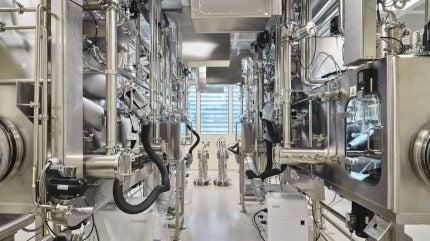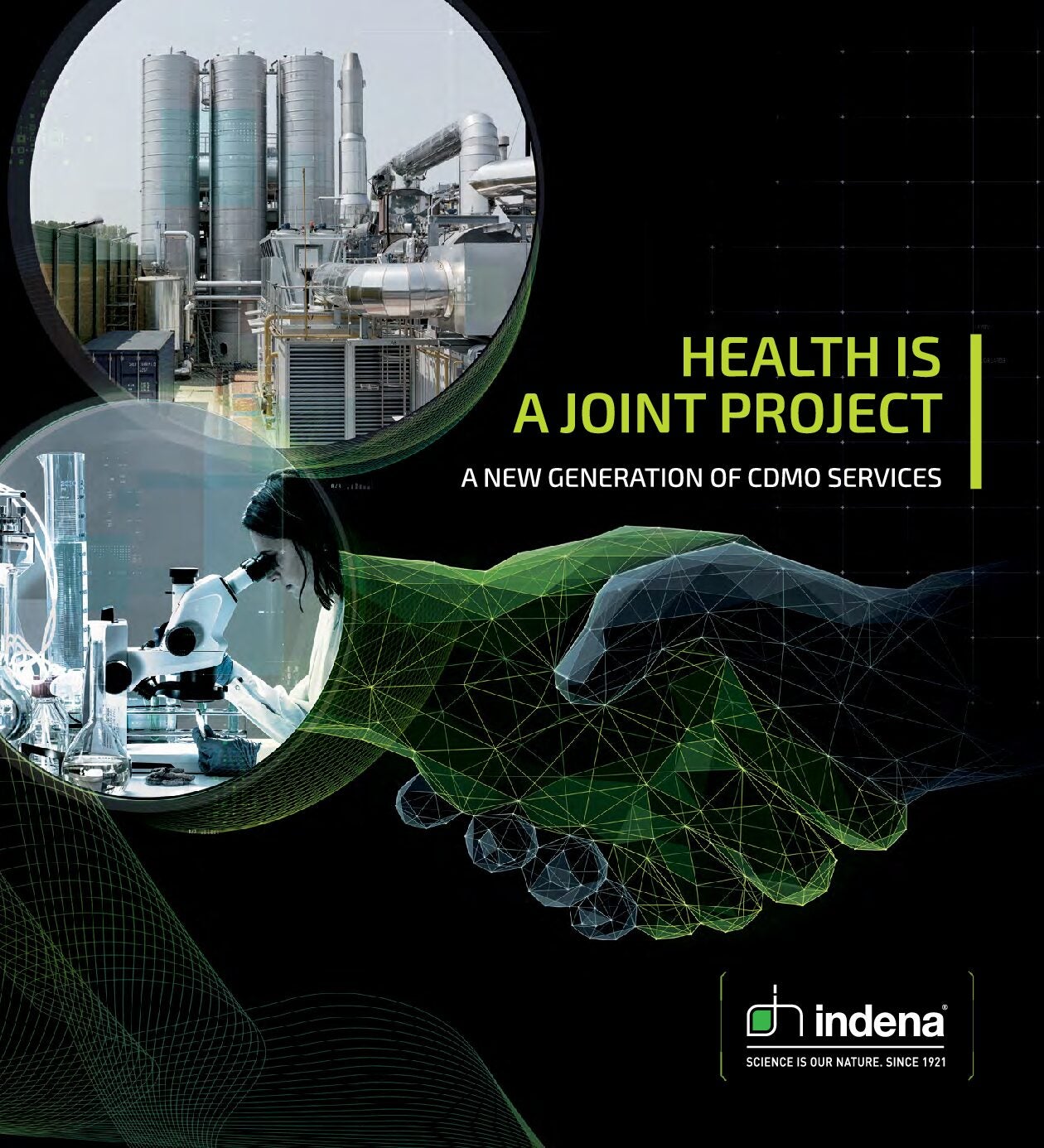
A synthetic active pharmaceutical ingredient (API) can offer a crucial option for drug manufacturing. Yet there can be many complexities in the development of a synthetic API, especially when scaling up from lab to industrial scale.
When a pharma manufacturer required a highly specialised active ingredient for a type of painkiller for oncology patients, there were limited options. The active ingredient needed was from a natural source, but it was not possible to secure the supply chain in the required volume.
CDMO Indena stepped in to propose making the active ingredient through synthesis. However, this approach was far from straightforward. The process had not been attempted outside of an academic paper, let alone scaled to a manufacturing level.
Analysing synthetic pathways for active ingredients
The academic paper detailed a complex and long pathway to the synthetic ingredient. The paper was analysed by experts at Indena, who determined that it was feasible but would be a lengthy process with considerable challenges to overcome. Adapting the framework detailed in the academic paper, Indena had to build entirely new processes and techniques to achieve a commercial yield.
Before the project could begin, the first challenge to resolve was the initial investment to conduct a feasibility study with the future industrial scale-up in mind. With pharma businesses experiencing tighter financial margins and having to do more with less, investing in an experimental project that may not achieve the desired result presents considerable risk.
Despite the risks, the customer was still interested in proceeding with this potential solution, as it offered a potentially viable solution for an otherwise unavailable NCE. Built on a relationship over several years, Indena ensured clear communications throughout to guarantee all stakeholders were fully aware of the risks involved. Indena shared the project risks with the customer. Once the funding aspects were agreed, a detailed analysis of the processes was required. Furthermore, another critical concept to underline is the fact that the project risk was shared by Indena with the customer. Economic results were conditional on the success of the project itself.
“The first part of this journey was to analyse the synthetic approach proposed by the academic authors and focus on some critical steps to determine if we could remove any, and if we could translate these into a production scale,” explains Pietro Allegrini, R&D director at Indena, who led the project.
Analytical development to support the active ingredient production
One major challenge concerned the analytical development. The route of synthesis for the NCE involved many intermediates and in-process controls, along with a variety of reactions and reagents. In addition, finding a suitable regulatory starting material (RSM) was one of the most important aspects of the development. This process held considerable complexities that needed to be resolved. The analytical characterisation of the compound selected as RSM was key to support this choice, with back-up options also identified.
The fast and accurate development of analytical methods was required to control all the impurities that are potentially generated during each of the 30 synthetic steps, with an increasing focus on the last portion of the synthesis. That step presented considerable challenges and multiple complexities.
“The later you assess this point, the more precious material you consume in the development. Also, the analytical work was quite intensive,” says Pietro Allegrini. “One of the advantages we have at Indena is that, dealing with natural products, and complex matrixes for many years, our analytical team is very strong – even for complicated molecules.”
Maintaining quality during process intensification
Typically, the more steps in a pharma process, the more materials can deteriorate. As a result, the quality and yield can be reduced while impurity levels increase. Therefore, over 30 steps, optimising the quality and the yield were major concerns. Furthermore, the properties of the compound were still relatively unknown at this point. The toxicological properties of the compound and its intermediates also had to be carefully managed to ensure safety throughout.
“We had a lot of surprises. We found difficulties in some steps that were totally unexpected and not described in the literature,” says Pietro Allegrini. “In other cases, we were able to find alternative conditions or alternative synthetic approaches to do the same step.”
“We expected, in some cases, to not get the product or to have a very different yield. But in the end, it worked. Also, the modification we conceived to make the process safer and even more reproducible on a large scale – they all worked.”
The final project timeline was approximately one and a half years, involving collaborations with trusted partners such as several universities and outsourced specialists. In fact, outsourcing specific aspects of development to preferred suppliers and specialists was integral to the strategy and optimising resources.
The success of the project is a testament to the curiosity of science and expertise at Indena as a highly regarded CDMO in overcoming significant development challenges and novel approaches.
To learn more about Indena’s services, download the document below.




